SQL/PSQL Fundamentals: Querying, Data Retrieval, and Manipulation
VerifiedAdded on 2023/06/10
|19
|812
|53
Homework Assignment
AI Summary
This assignment solution focuses on SQL/PSQL fundamentals, covering essential database operations. It includes creating and executing queries to display and manipulate data from single and multiple tables. The solution demonstrates how to limit and sort query outputs, interpret Entity Relationship Diagrams (ERDs), and resolve ambiguous column names. Key concepts such as JOIN queries, GROUP BY clauses, built-in functions, nested functions, and subqueries are explored. Furthermore, the assignment covers data manipulation techniques like inserting, updating, and deleting data within tables, as well as creating and altering views. Finally, it addresses database administration tasks such as creating tables, views, constraints (primary and foreign keys), and indexes, along with managing user access privileges using GRANT and REVOKE commands. Desklib provides this document and many other resources for students.
1 out of 19
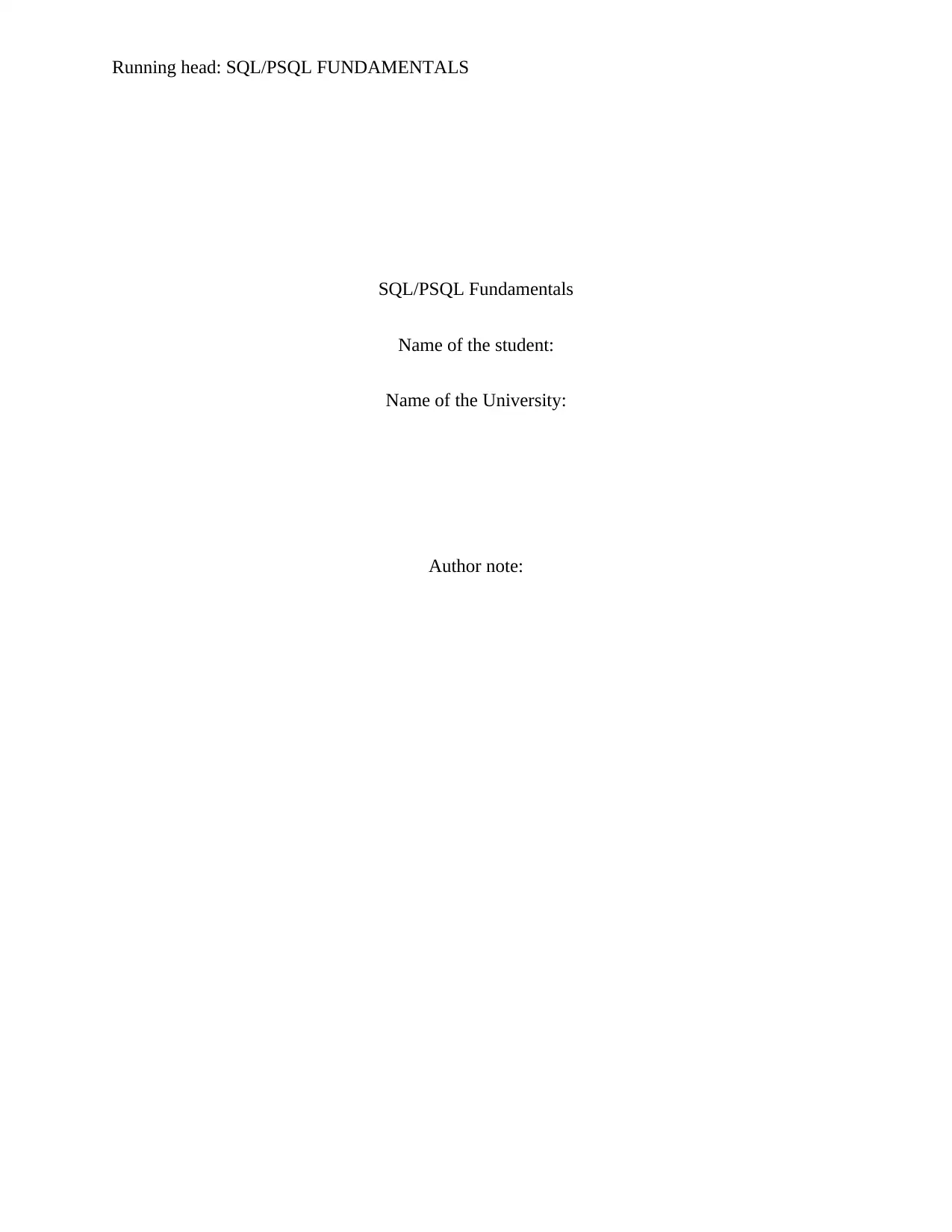
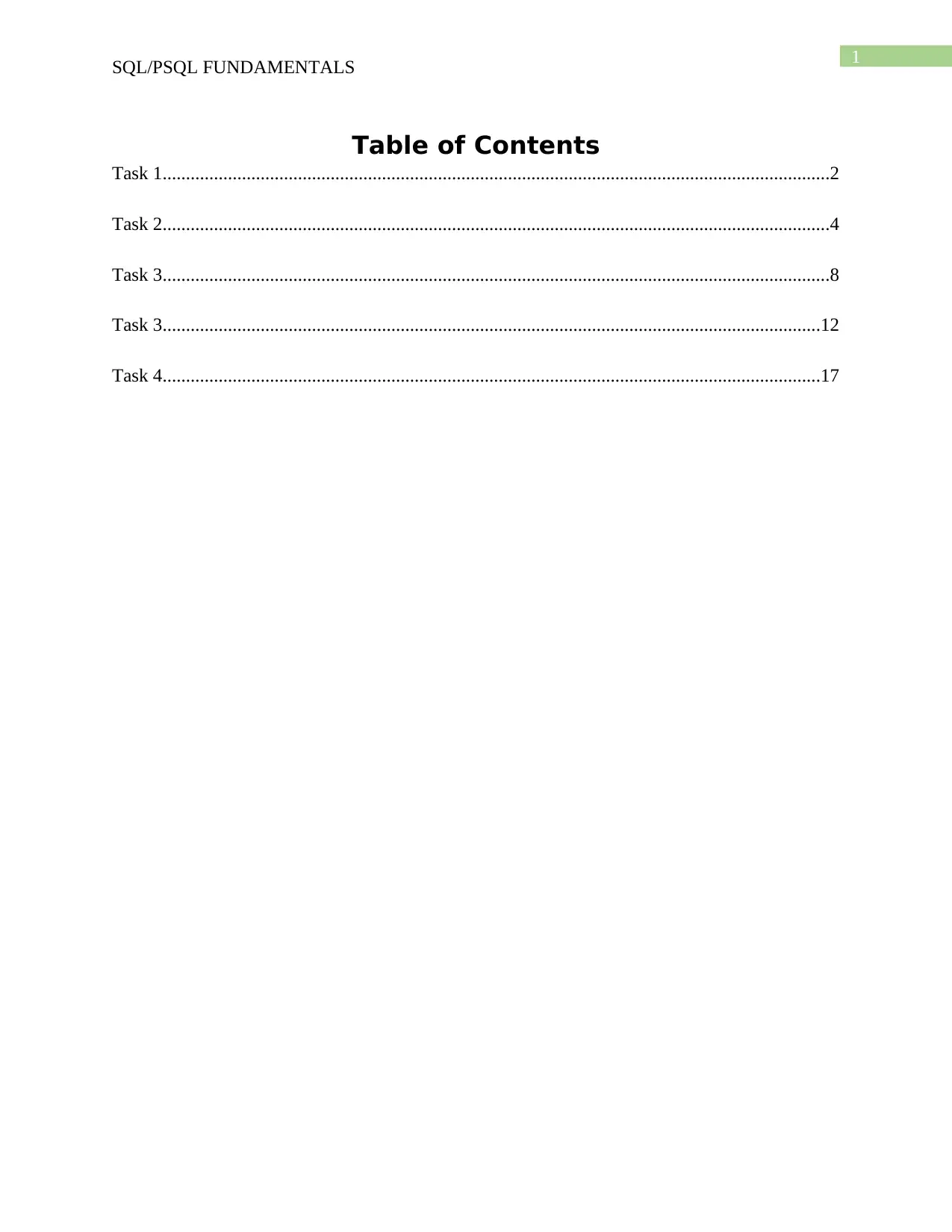
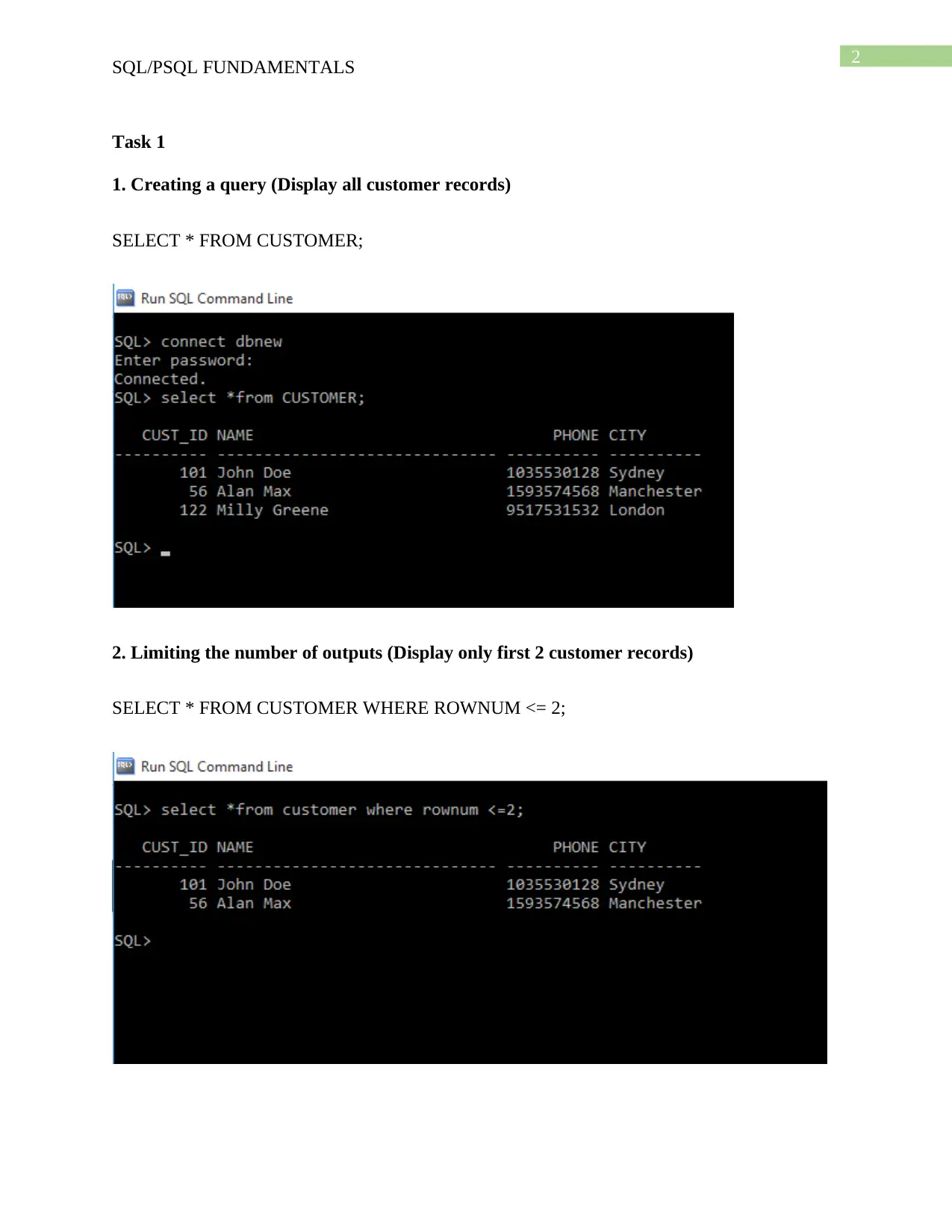

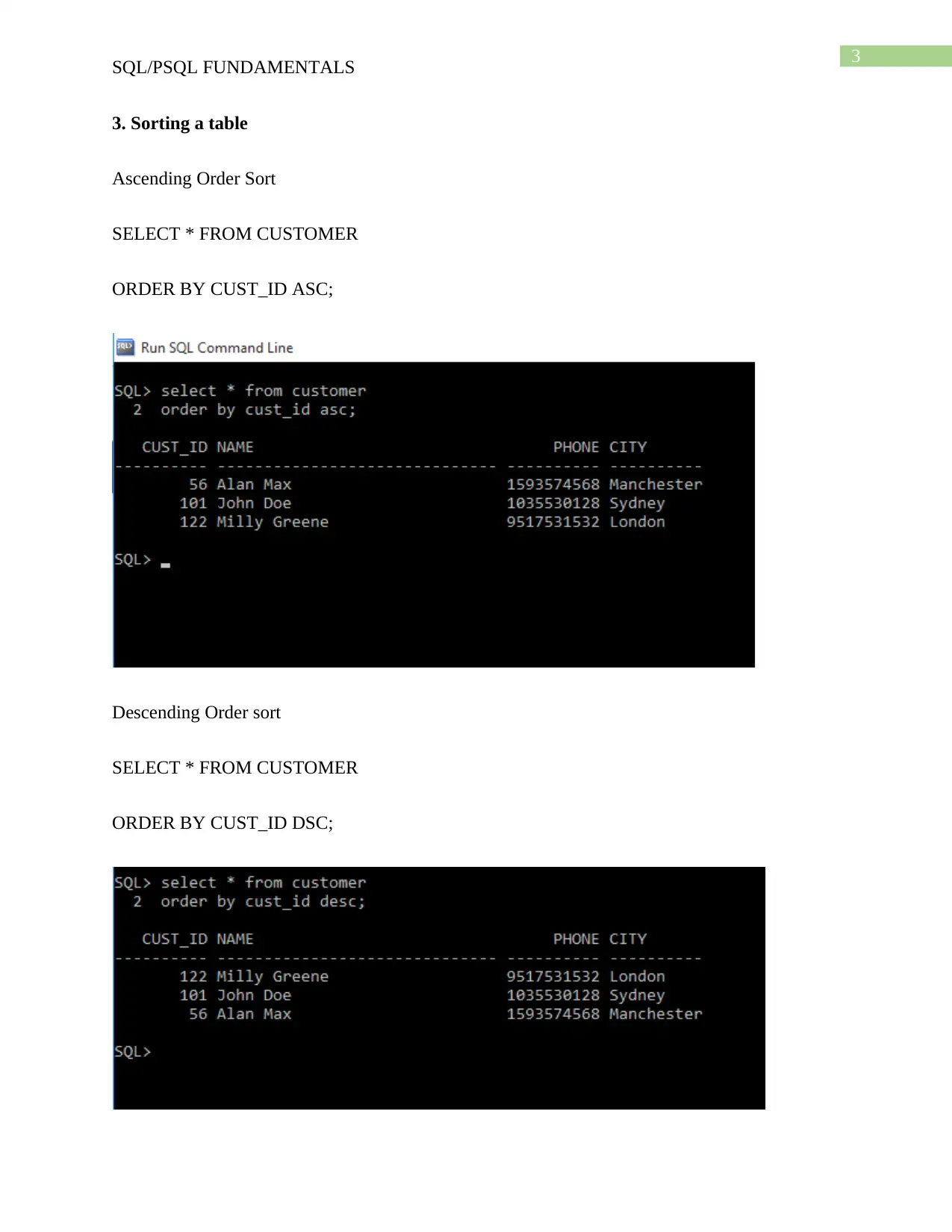
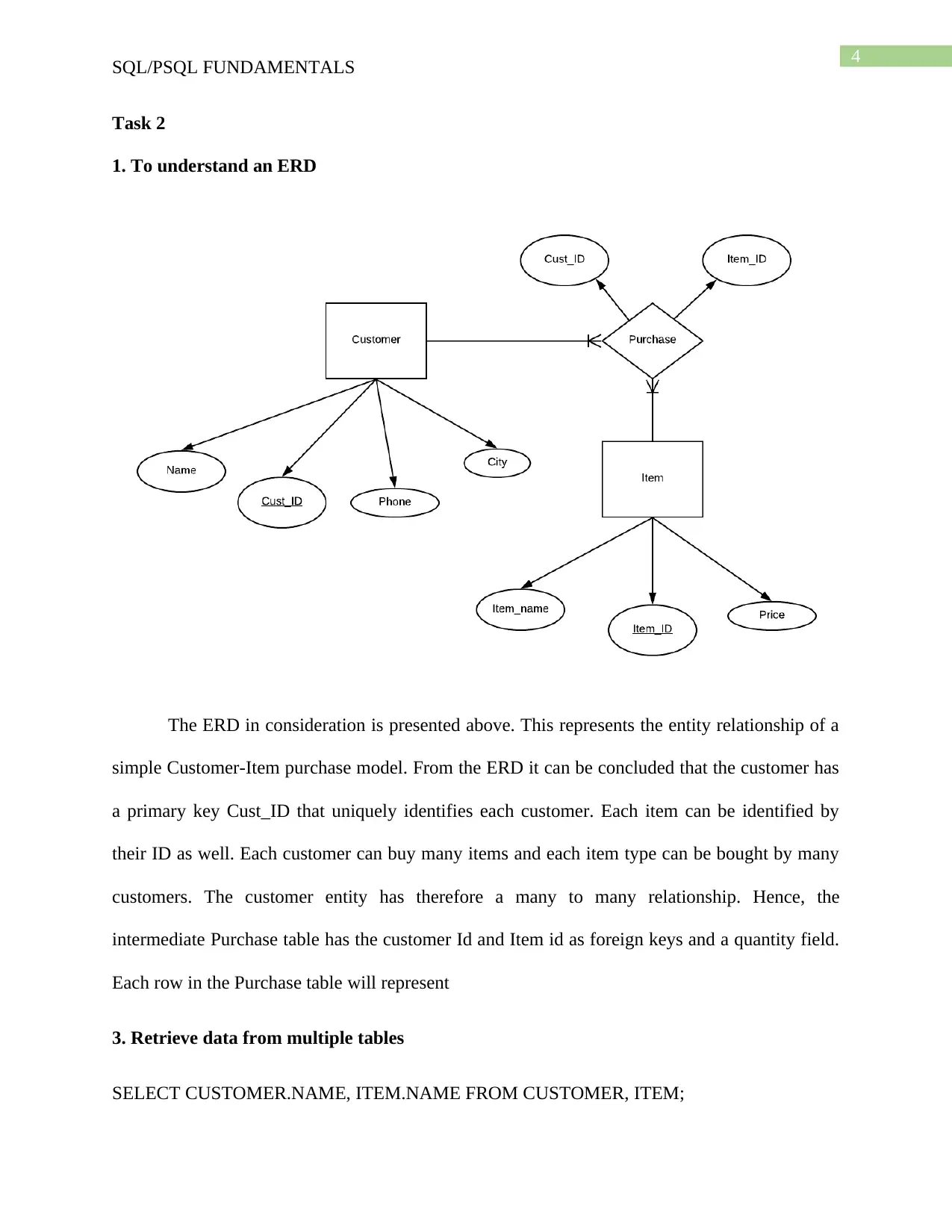
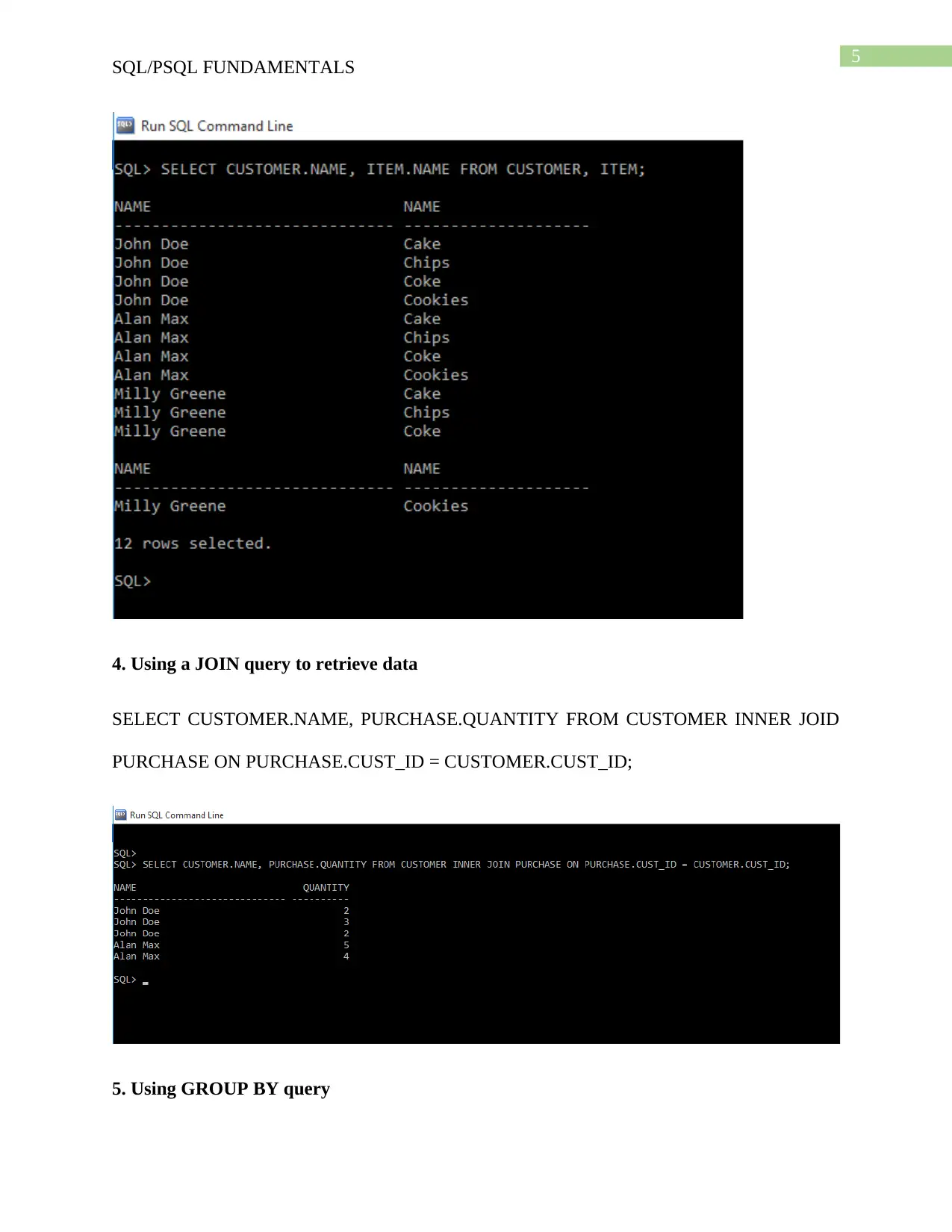
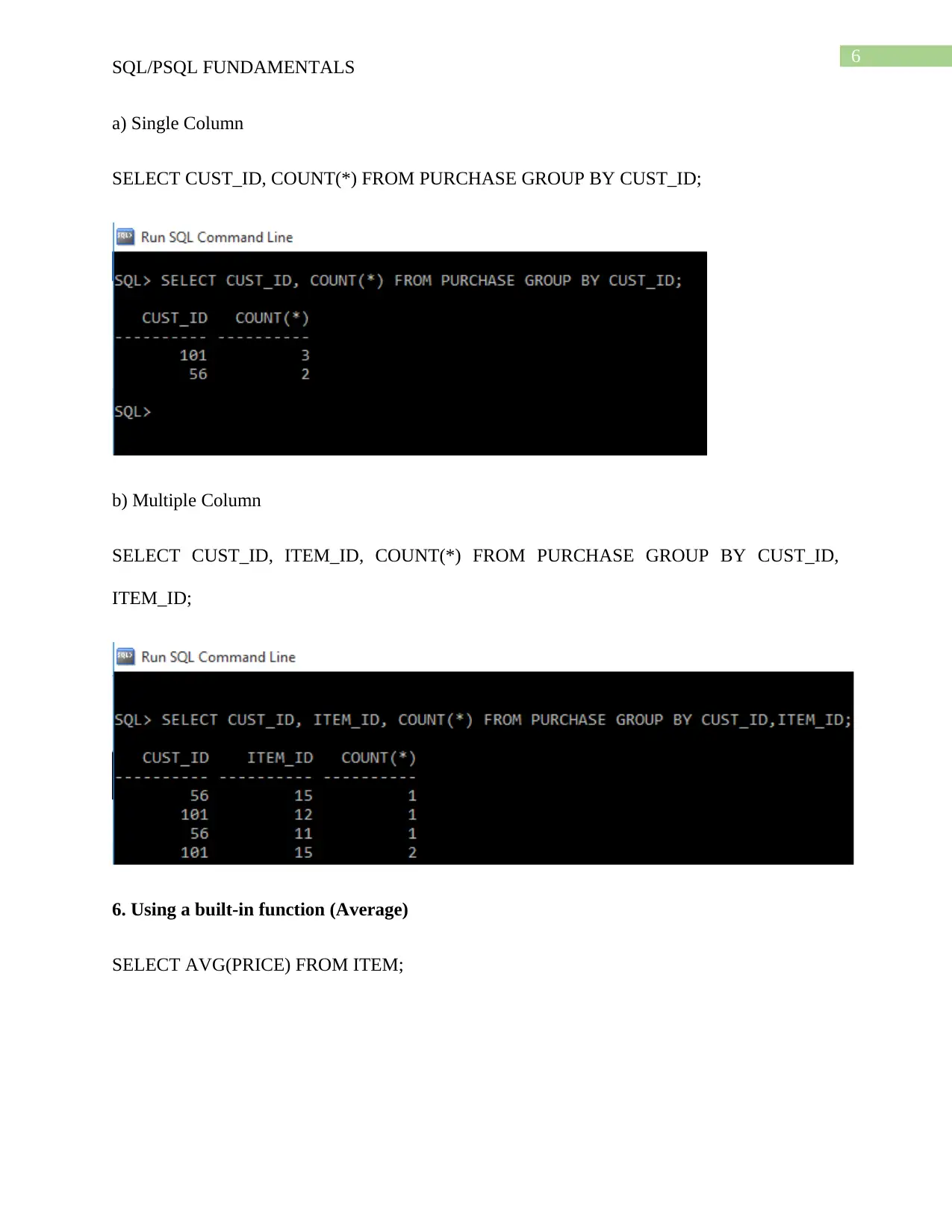
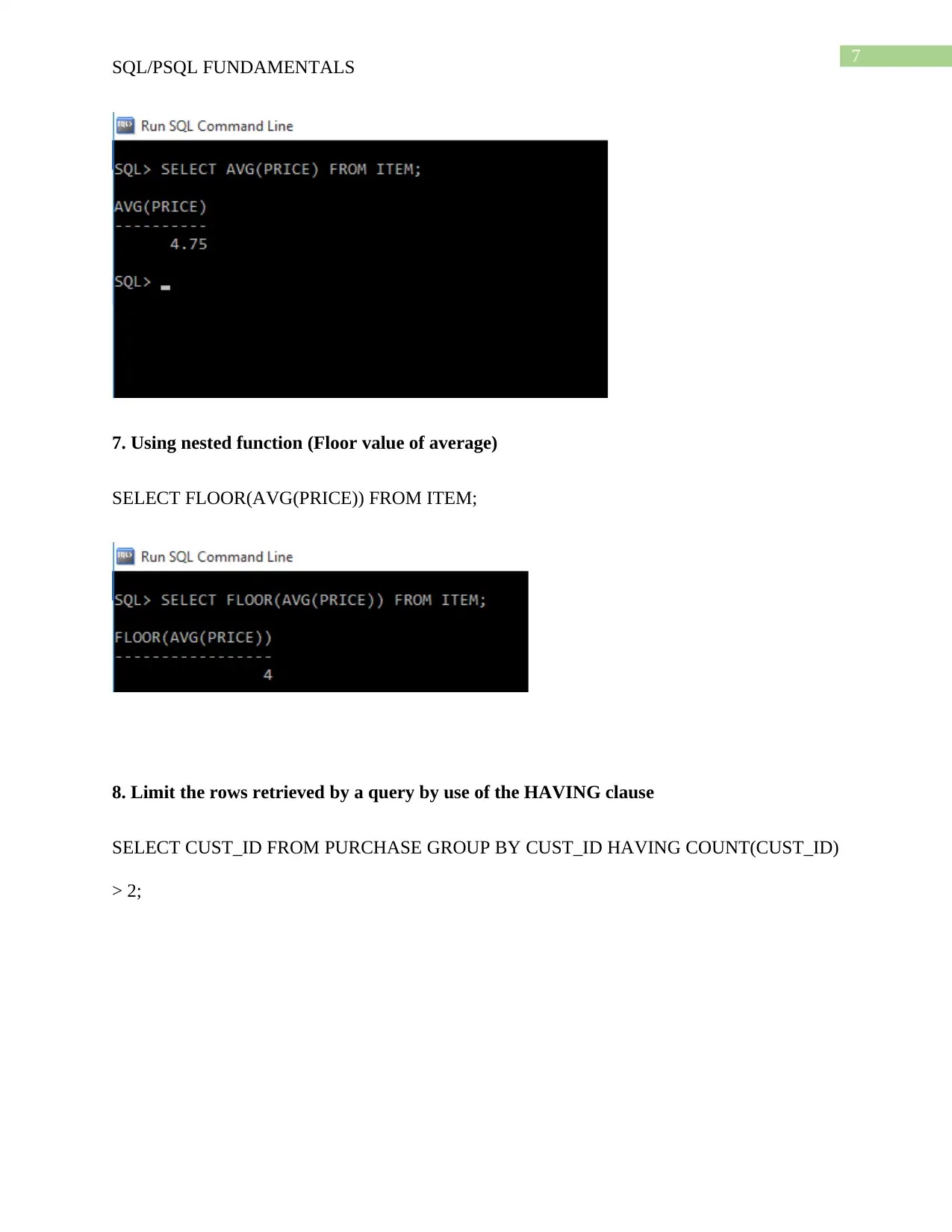
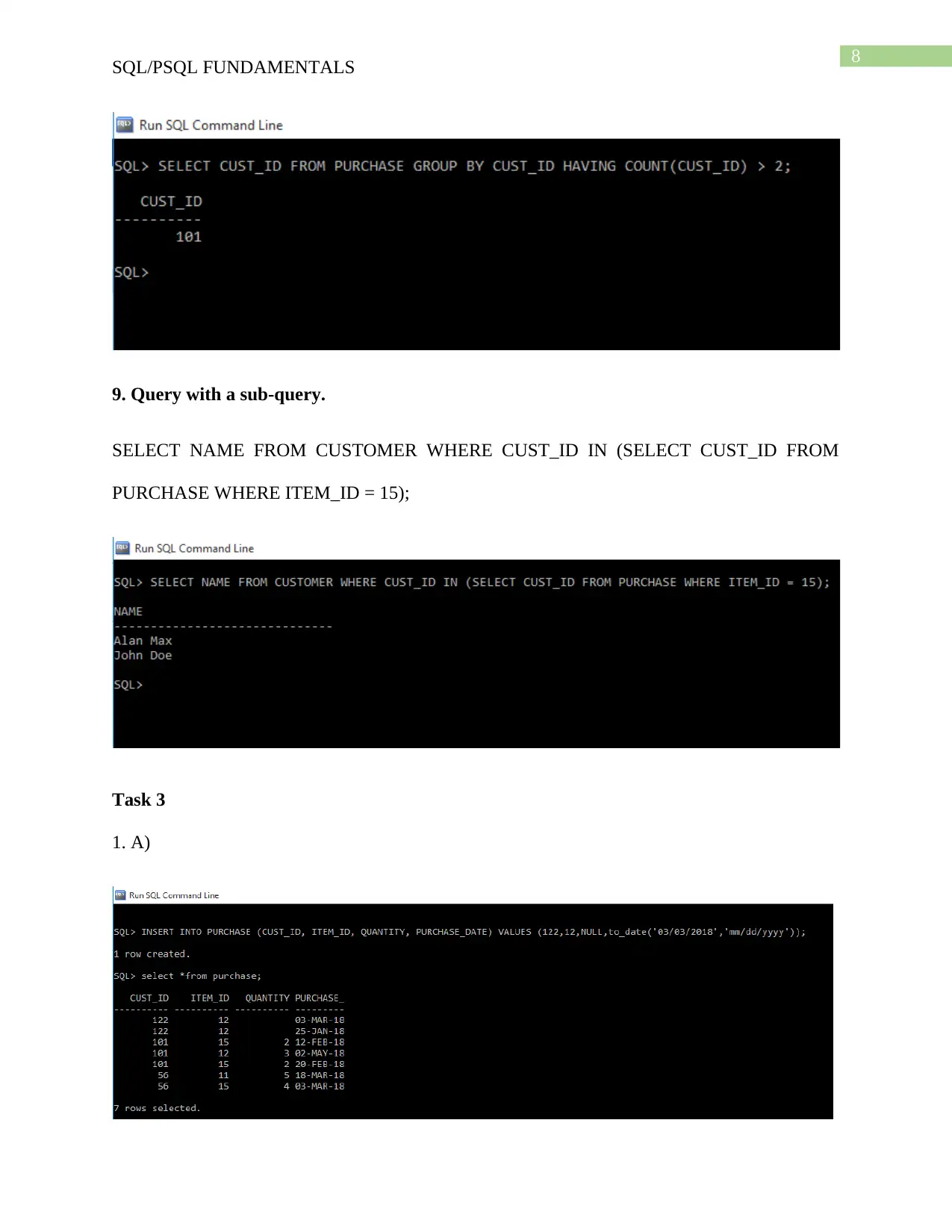
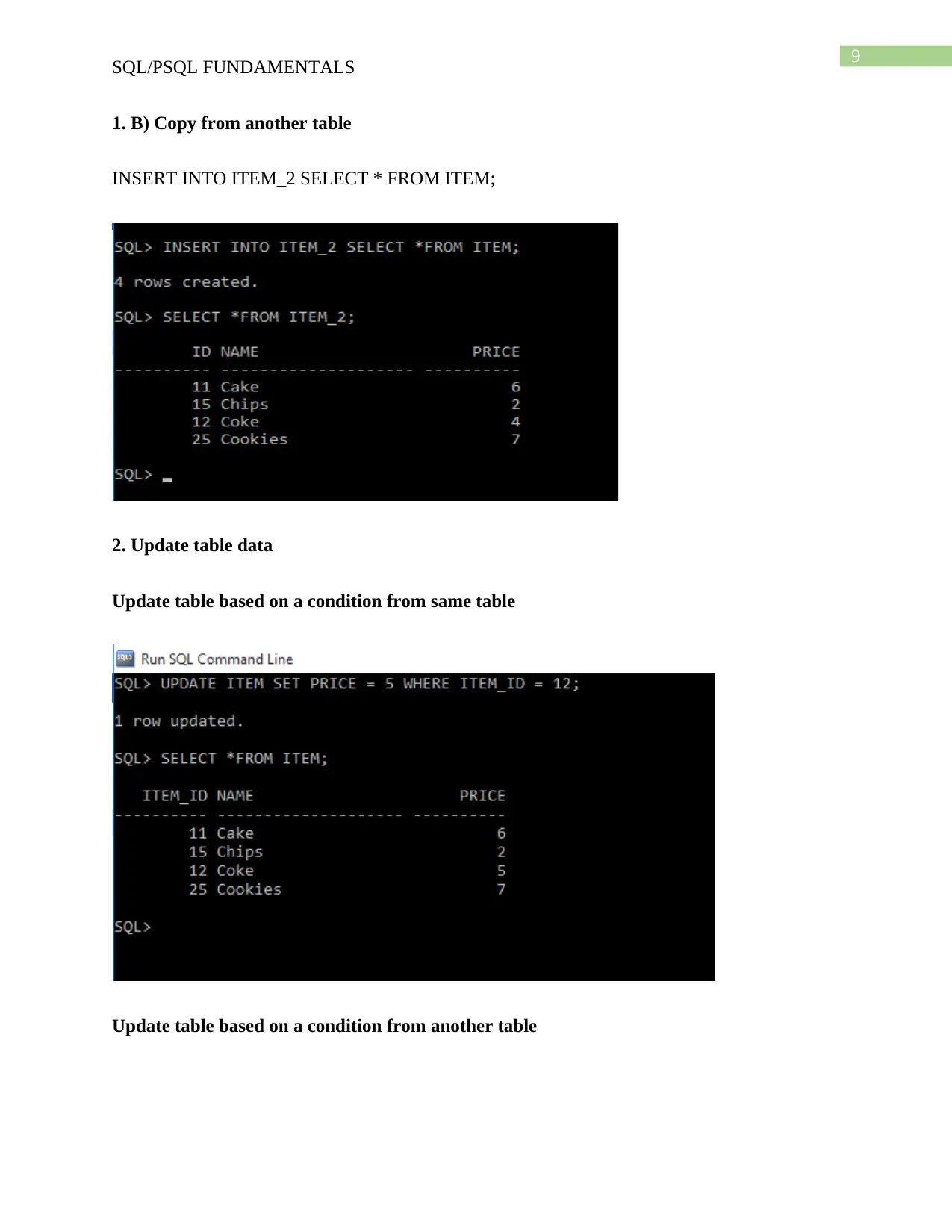
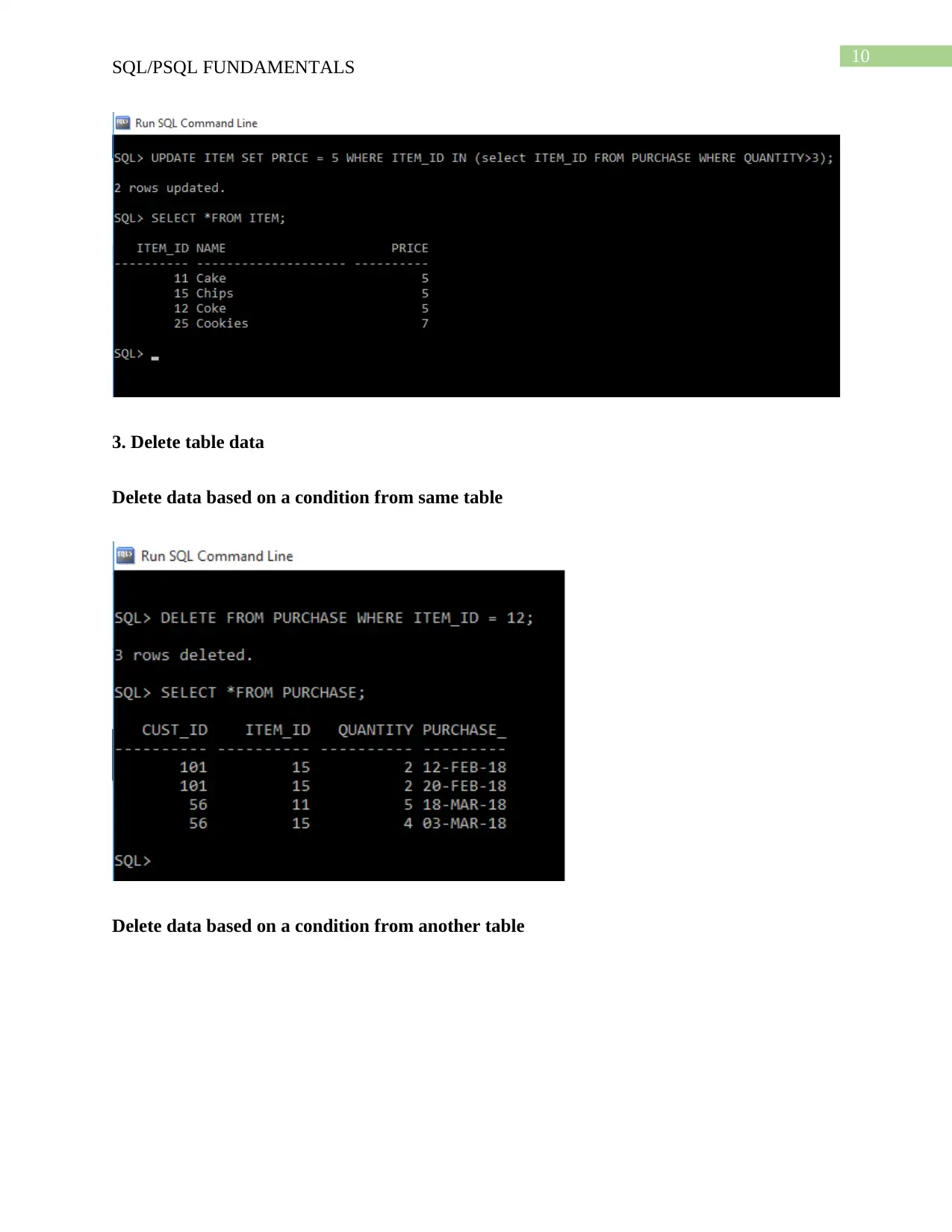
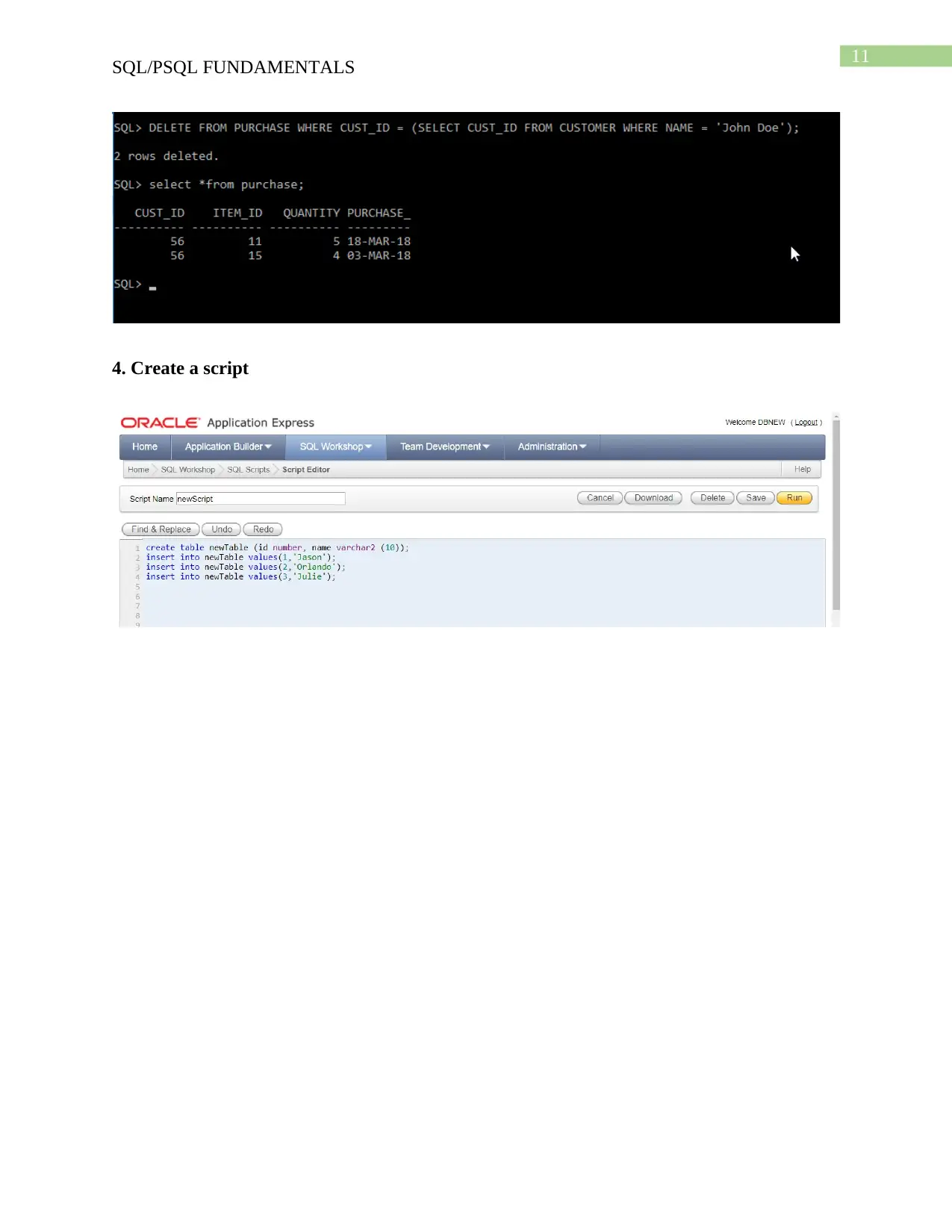






![[object Object]](/_next/static/media/star-bottom.7253800d.svg)